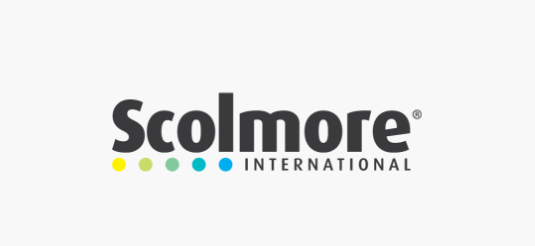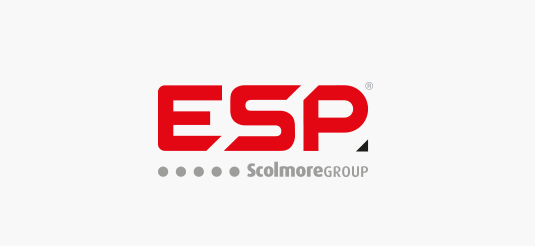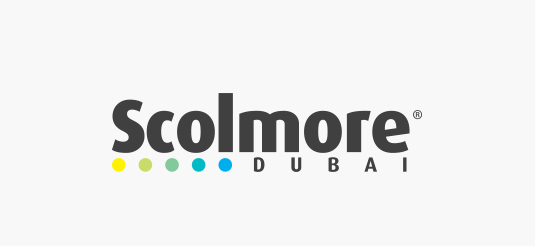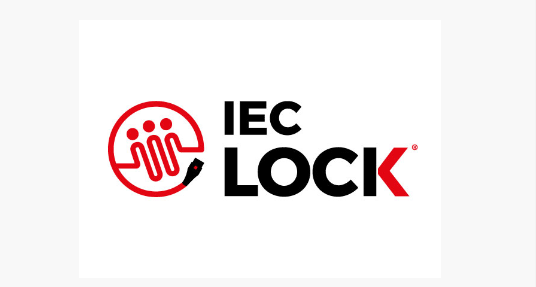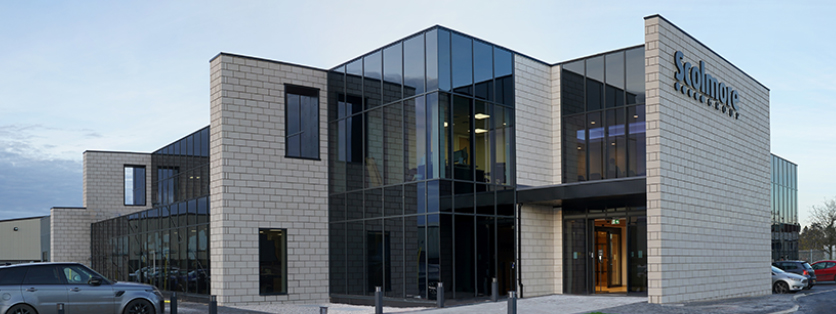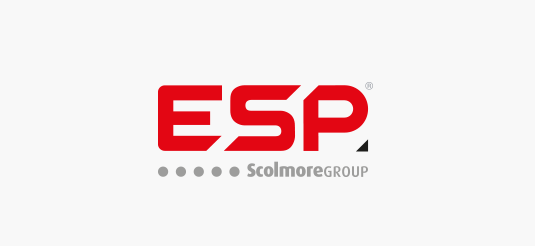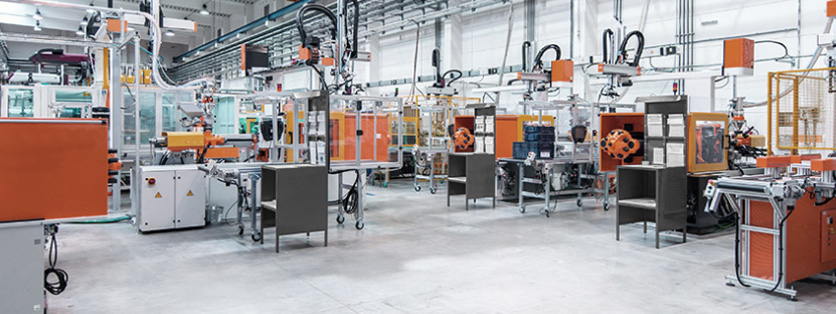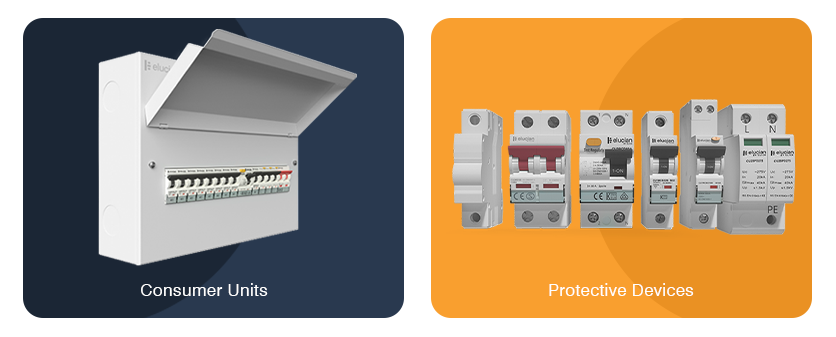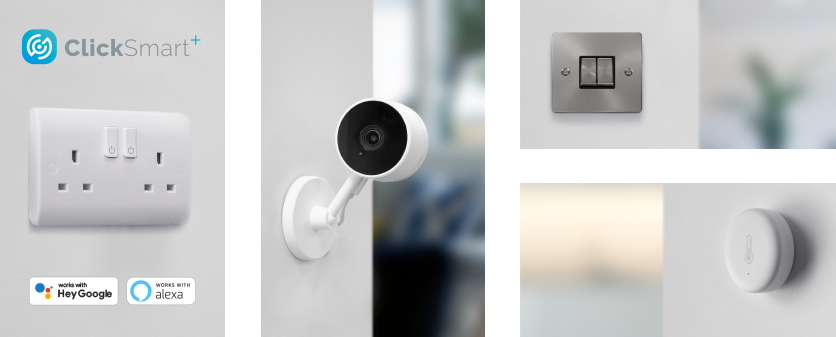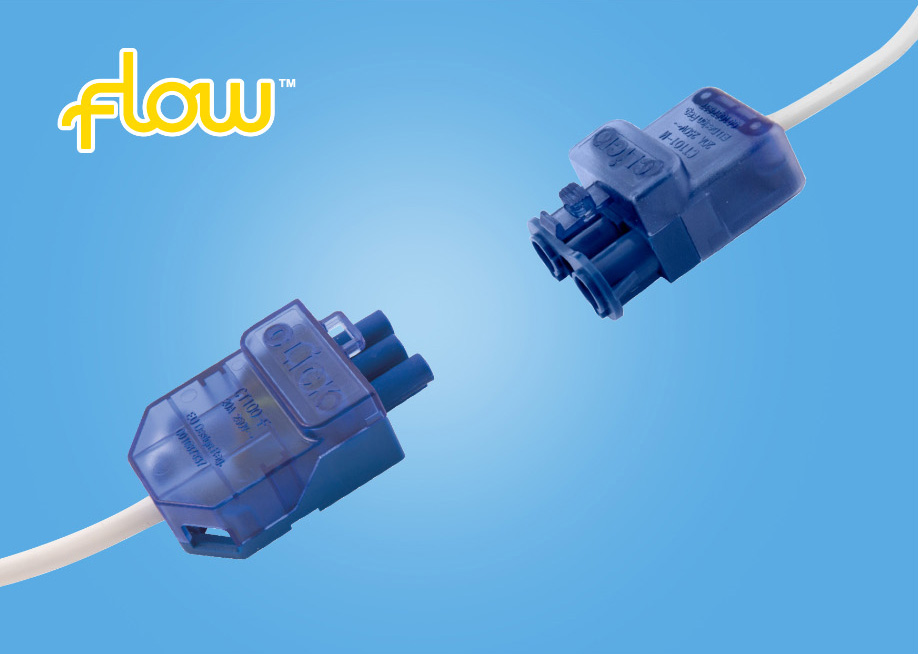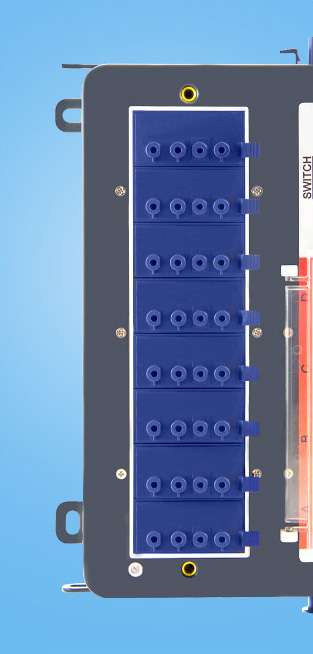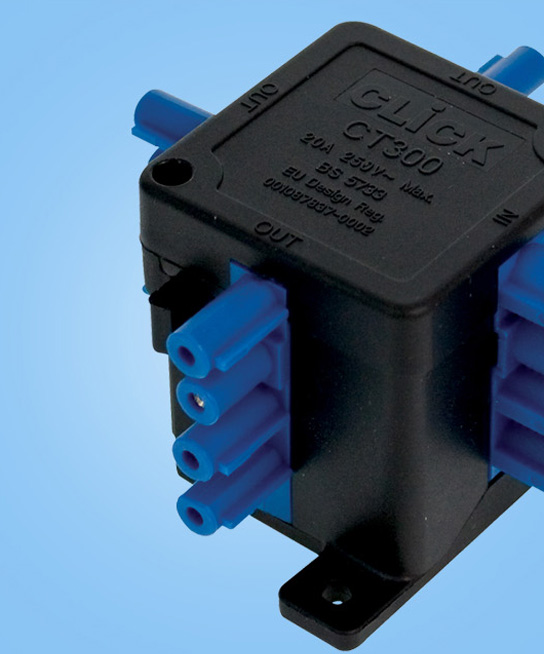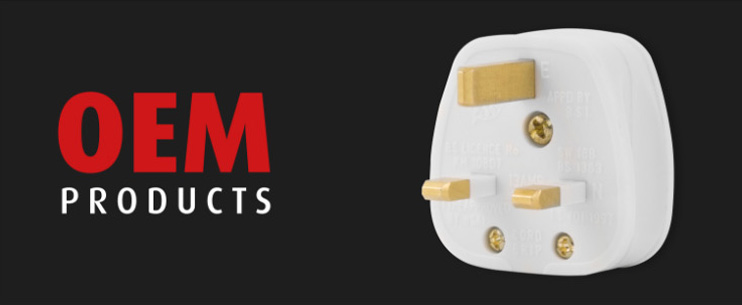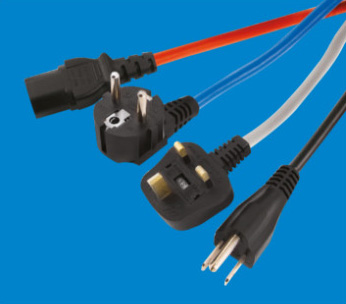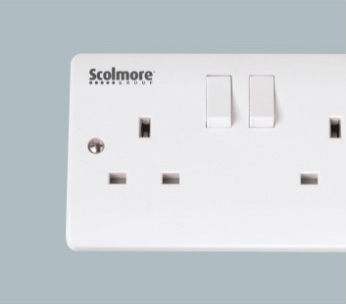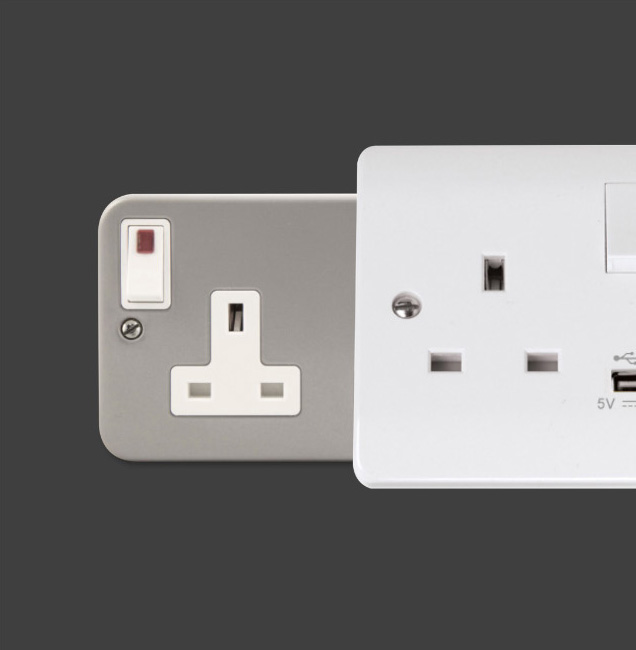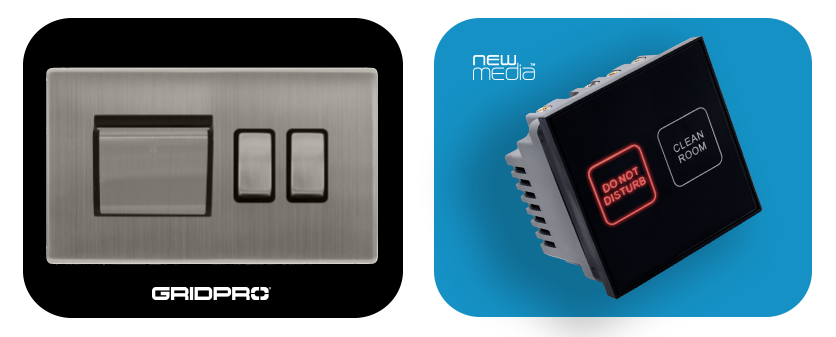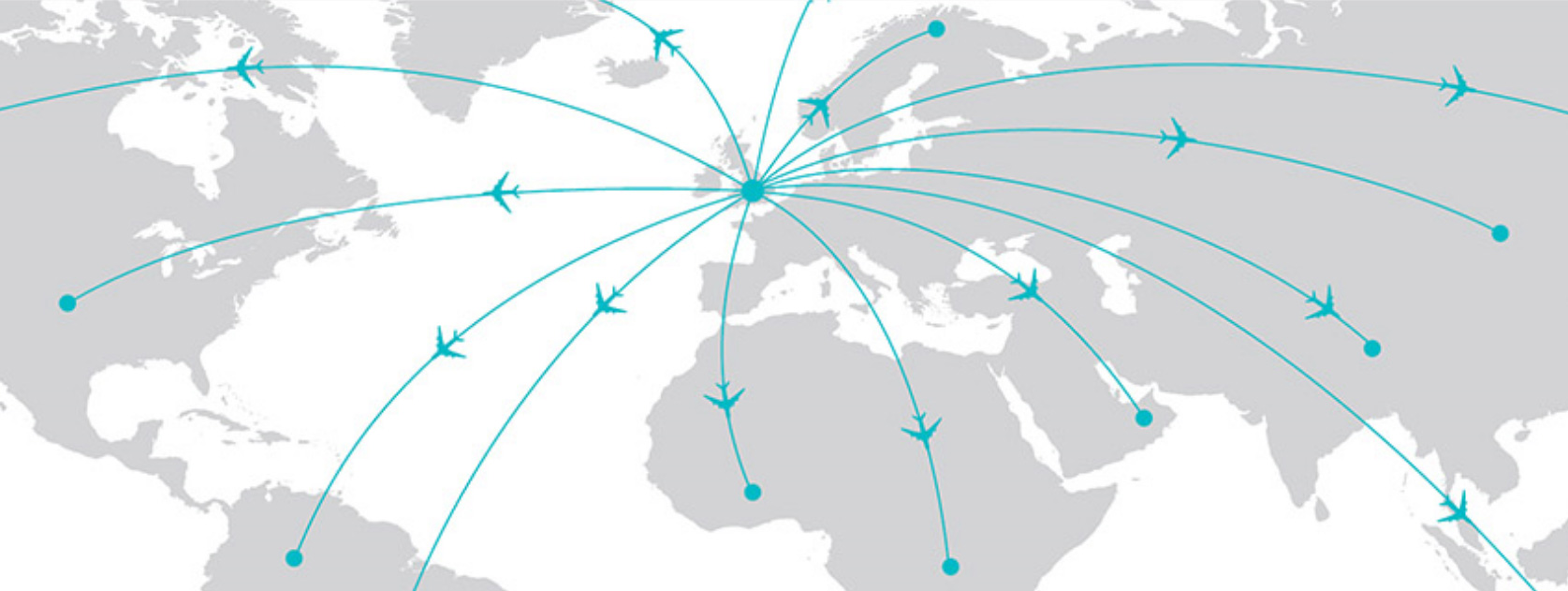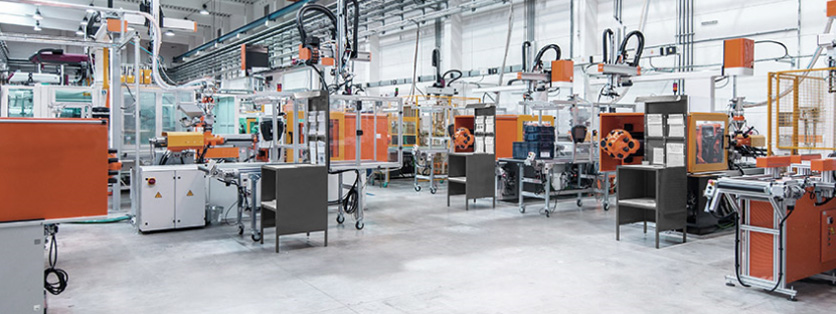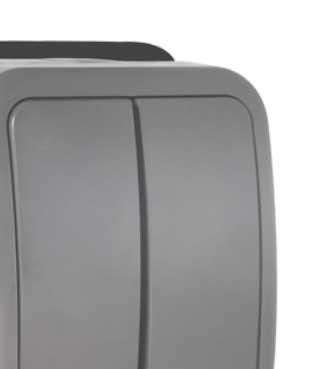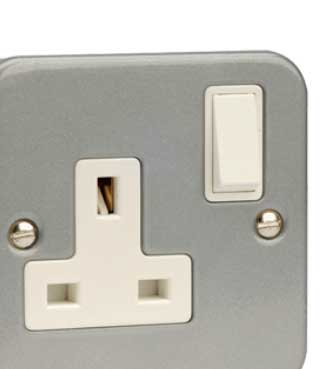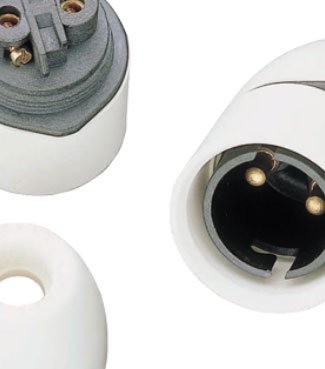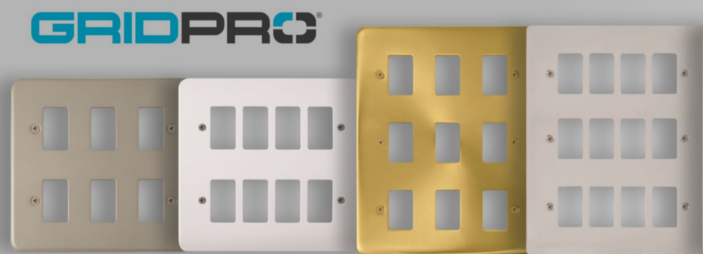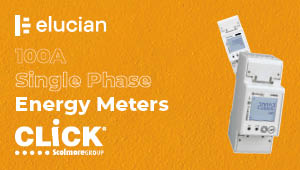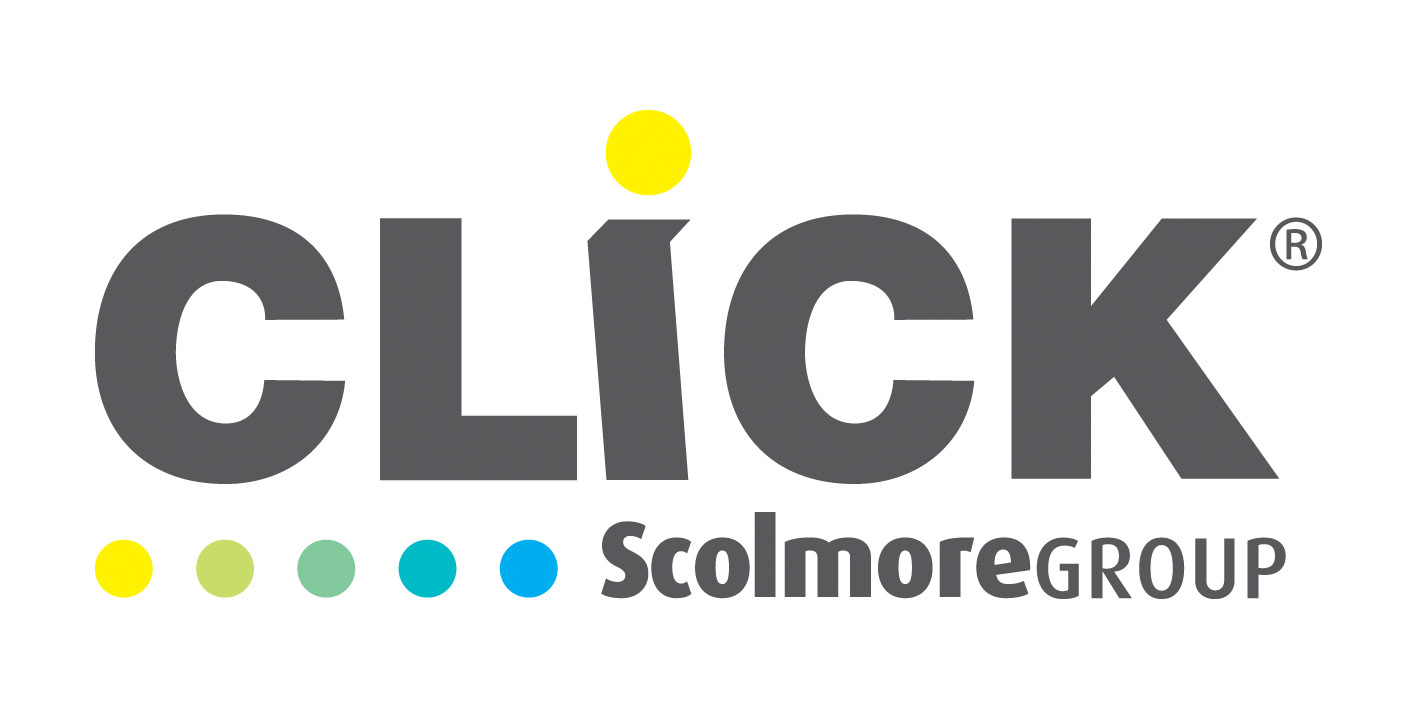Scolmore Group Sites
- Scolmore Group Companies
- About Scolmore Brands
- Export Sales
- Scolmore Sites
- Wiring Accessories
-

Premium Metal
Wiring Accessories -

Decorative Metal
Wiring Accessories -

Flate Plate
Wiring Accessories -

Ergonomic
Wiring Accessories -

Complete Screwless
Wiring Accessories -

Screwless
Wiring Accessories -

Fully Inter-changable
Grid Modules and Plates -

New Media
Plates & Modules -

Premium Bright White
Wiring Accessories -

Fully inter-changable
Modules & Plates -

Stylish White
Wiring Accessories -

Products For
Any Installation -

Visually Contrasting
Wiring Accessories
-
About
About Click Scolmore
Since our incorporation in 1989 we have become a significant force in the electrical accessory market. We’re proud to be a British based, family-run business, with an excellent track record of listening to what our customers need and providing the right solution every time.
Scolmore Group Companies
Since our incorporation in 1989 we have become a significant force in the electrical accessory market. We’re proud to be a british based, family-run business, with an excellent track record of listening to what our customers need and providing the right solution every time.
Design & Manufacture
Click Scolmore prides itself on the innovative new products we are constantly developing which enhance the comprehensive ranges available. To ensure this information is readily available check out the latest catalogues that provides a snapshot of all new additions when they become available.
- Products
Elucian
Elucian by Click® brings to the market a comprehensive Consumer Unit and Circuit Protection range. Covering a broad range of installations and offers a number of features and benefits that will enhance the products’ convenience, flexibility and safety properties.
Click Smart+
Click Smart+, Scolmore’s leading smart home brand, has been created to simplify and streamline your home life via the use of integrated technology. Click Smart+ boasts an elite range of smart home products. Utilising Zigbee technology & WIFI to offer smart home solutions to new and existing wiring installations.
Flow Connectors
Simple connectivity and control With the emphasis now on flexibility And ease of installation many Building design projects are now Focussing on products and services That can adapt to changing Legislation, energy efficiency and The ever changing needs of the client.
Scolmore OEM
Quality assured, bespoke product service in addition to our own branded ranges of electrical products we do offer a bespoke product service to a number of our oem customers. Such products include urea mouldings, inserts for accessory products, pressed steel components, and many more
- New Products
-
Export Sales
The Home of Scolmore Group Export
Since our incorporation in 1989 we have become a significant force in the electrical accessory market. We’re proud to be a british based, family-run business, with an excellent track record of listening to what our customers need and providing the right solution every time.
About Scolmore Export
Manufactured to the highest quality levels in our industry. Our new product development team are constantly tracking market trends, building regulations and approval standards so we can increase our product range to meet the ever-changing needs of our customers.
New Product
Scolmore® prides itself on the innovative new products we are constantly developing which enhance the comprehensive ranges available. Click here to see all of our latest products.
Essentials
Scolmore the click® essentials group of products comprises those items that you will find in a wide variety of installations. Products such as junction boxes, flush mounted switch and socket boxes.
Your Scolmore Export Contacts
Click here to find out who your contact is for your country
-
Tech Specs
& BIM - Case Studies
- News
- Contact
- Marketing Hub
- 0Product Finder
- Scolmore Sites
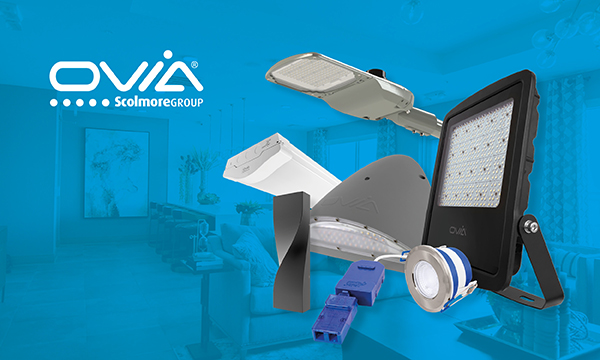 Ovia Uk
Ovia Uk
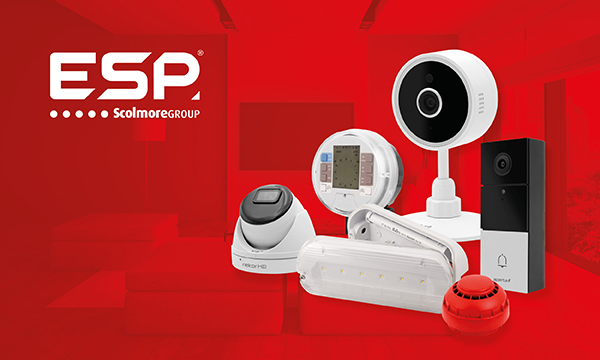 ESP
ESP
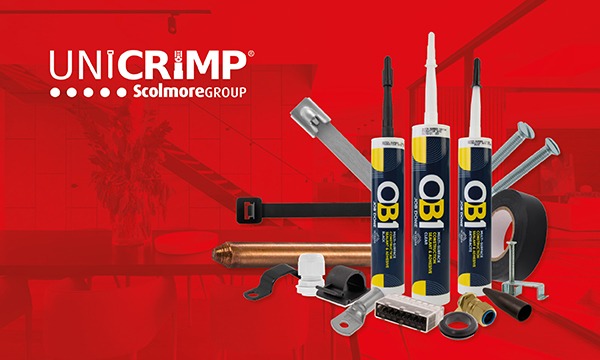 Unicrimp
Unicrimp
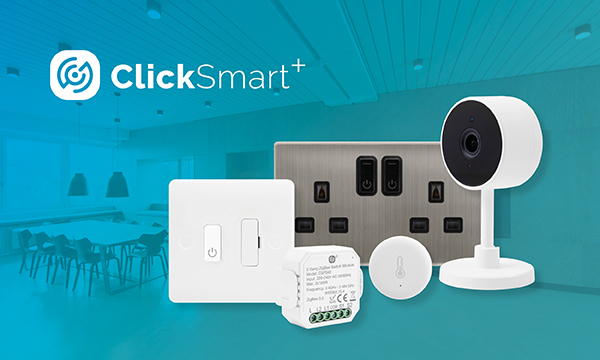 Click Smart
Click Smart
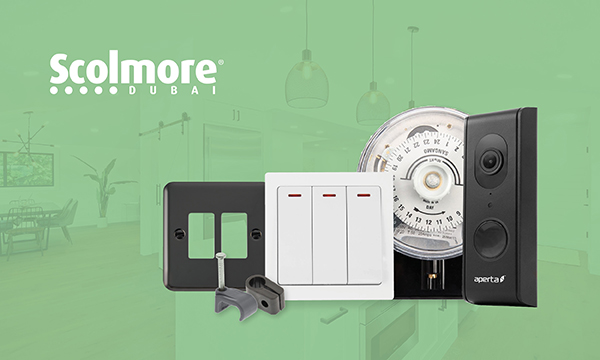 Scolmore Dubai
Scolmore Dubai
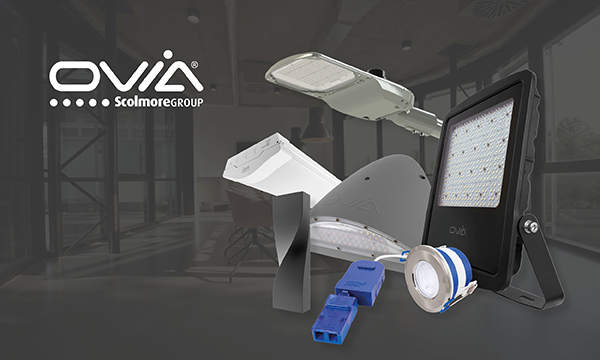 Ovia Ireland
Ovia Ireland
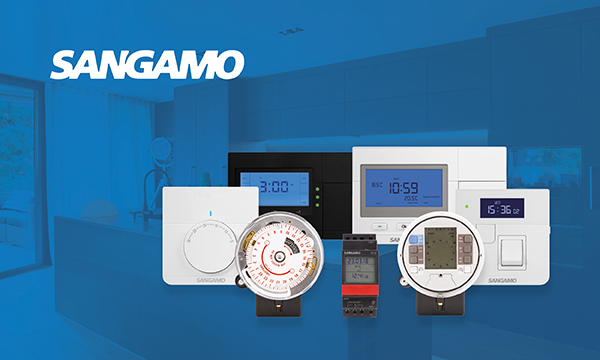 Sangamo
Sangamo
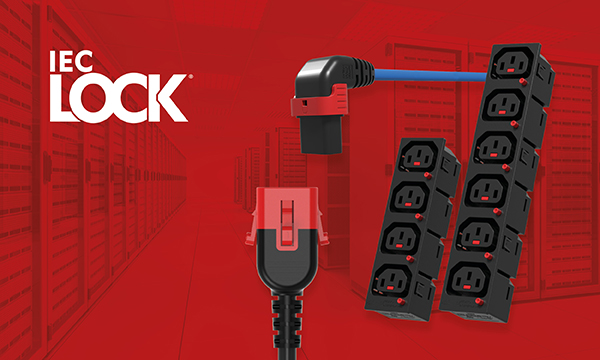 IEC Lock
IEC Lock
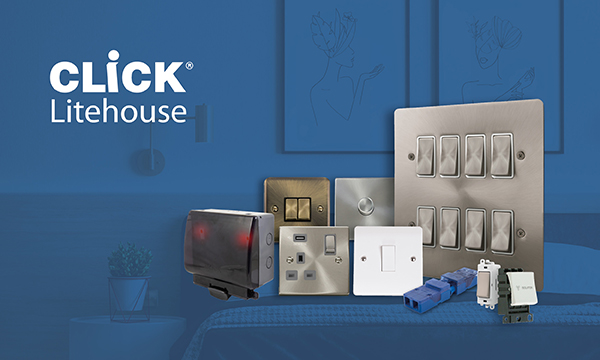 Click Litehouse
Click Litehouse
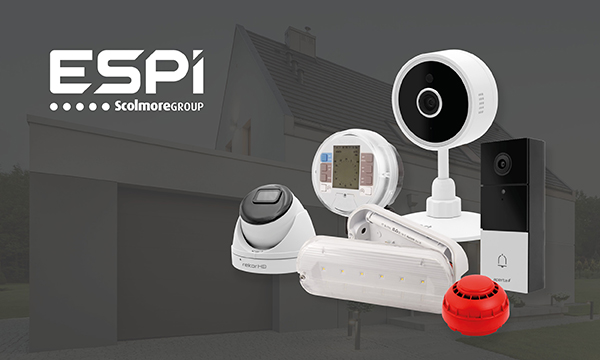 ESPi
ESPi






